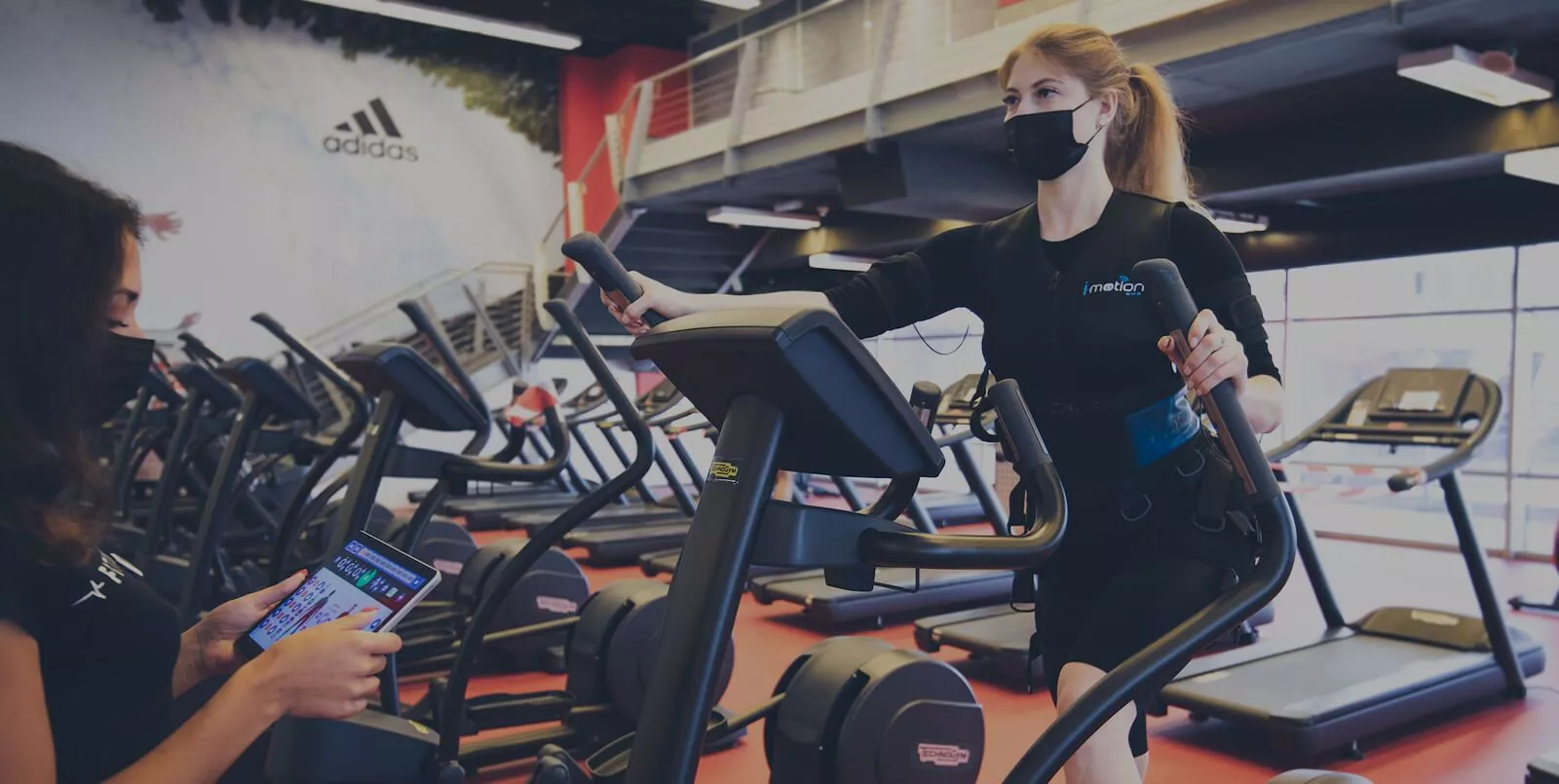While there is a lot of hype surrounding the EMS exercise, a few facts about it are worth knowing. Typically, these devices are placed on the body’s muscles, which can help promote circulation and loosen up muscles. In addition, the EMS gym in Dubai can reset muscle tone and strength. These are just some of why this technology can greatly benefit people of all fitness levels.
1: While EMS exercise is a fantastic way to build muscles, it is important to understand that it can be dangerous if done improperly. Although this type of exercise does not affect the heart, it can be very harmful to your body. If you do not properly work the muscles during the EMS exercise, you can damage them by using the machine excessively. You might also overload your kidneys, which is a serious risk with any intense exercise.
2: The main advantage of the EMS exercise is that it uses low-frequency pulses to simultaneously stimulate all of your major muscle groups. This means that you can get a more intense and effective workout in a shorter amount of time. A twenty-minute EMS workout is equivalent to 90 minutes of strength training at a traditional gym. However, it is important to note that EMS exercises are not recommended for heart conditions or severe back pain.
3: The most important factor to consider before attempting an EMS exercise is whether it’s right for you. The low-frequency pulses are most effective in the striated muscles. They don’t affect organ muscle groups or cardiac muscle. While EMS is a great way to build muscle quickly, many experts do not recommend replacing endurance training. Instead, it should be used alongside endurance sports.
4: Although EMS exercise can benefit athletes of all fitness levels, it is especially beneficial for back pain. The EMS machines are specially designed to target back pain and help people of all fitness levels. A recent study of back pain in men and women found that EMS machines resulted in an 88% reduction in back pain. At two training sessions, twenty percent of the participants were pain-free. During six weeks, 50 percent were free of pain.
